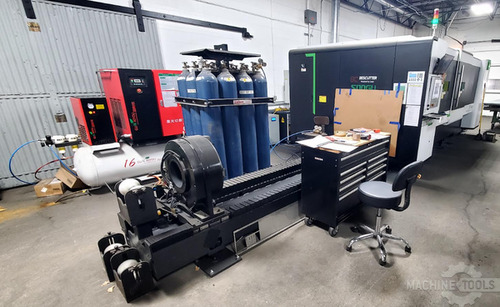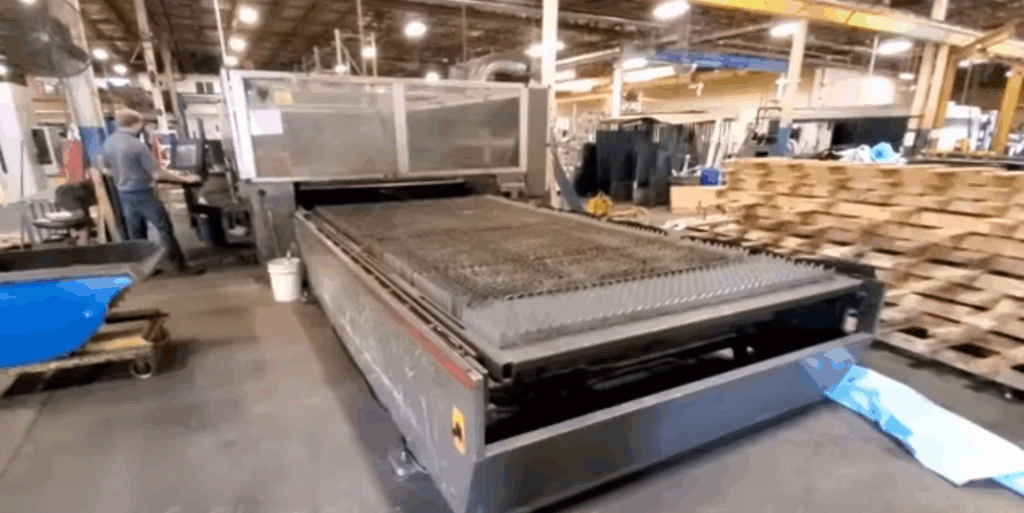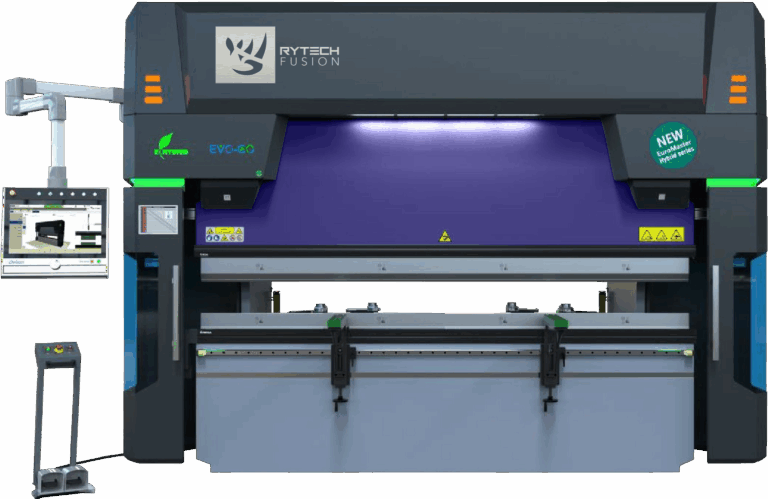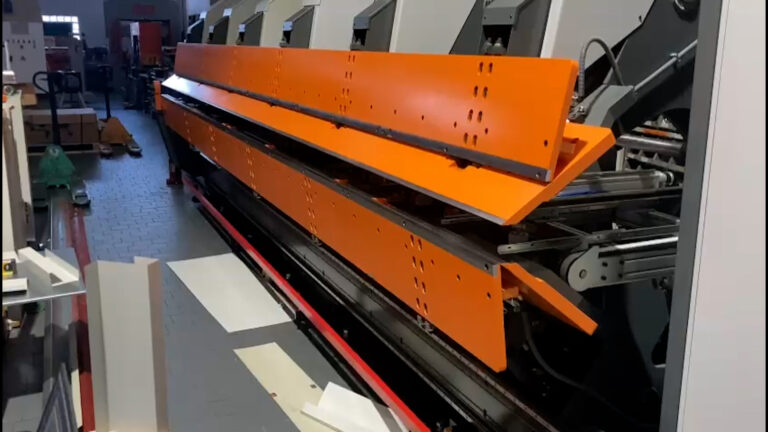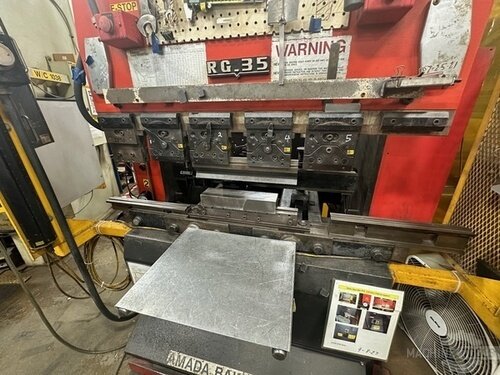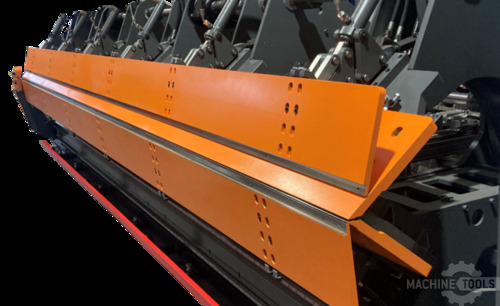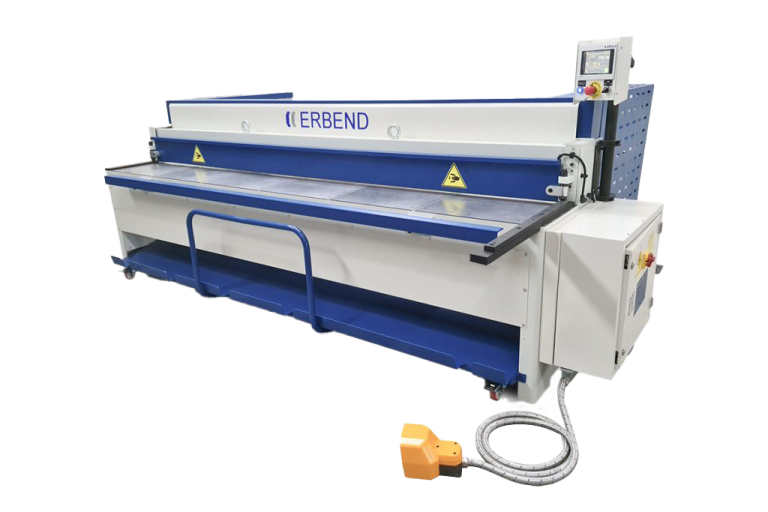From my earliest days growing up in southern Chicago, I learned the value of putting customers first—whether that was helping a neighbor fix a fence or, later, guiding fabrication shops toward smarter equipment investments. Now, as Regional Sales Executive at Mac-Tech, I’m proud to work with roofing and fabrication businesses across the country, helping them transform production lines for greater speed, accuracy, and profitability. My journey has taken me from hands-on field troubleshooting to strategic solution design—always with a focus on practical, real-world results for my customers.
Harnessing Advanced Technology: Insights from Pat O’Neill’s Field Experience
Working side by side with shop owners and operators, I’ve seen firsthand how pairing laser-cutters with CNC folding machines can revolutionize metal fabrication. Laser-cutting provides unmatched precision for flat blanks, eliminating manual layout and reducing scrap. When these parts flow directly to a CNC folder—especially one with automation for tool changes and backgauge positioning—you create a seamless process: laser-cut flat, fold fast, and finish smooth. This “one-two punch” not only speeds up throughput but also tightens tolerances and reduces labor dependencies, which is critical in today’s tight labor market.
Identifying Bottlenecks in Coil-Fed Production and Metal Folding
Many shops invest heavily in laser technology but overlook bottlenecks downstream—especially in folding, slitting, or forming operations. Common pain points I encounter include:
- Manual handling between processes, which introduces errors and slows output
- Legacy folders or brakes with limited bending programs and slow setup times
- Inconsistent bends or quality issues due to aging equipment
- Inefficient coil unwinding, slitting, or blanking that holds back the entire line
By mapping out the complete workflow—from coil or sheet in, to finished part out—I help customers pinpoint where automation and modern machinery can have the biggest impact.
Evaluating Laser-Cutters and CNC Folders for Enhanced Fabrication Efficiency
Choosing the right combination of laser-cutter and CNC folder depends on your product mix, volume, and growth plans. Fiber lasers offer high speed and low maintenance for most metals, while CO2 lasers may still suit certain niche applications. For folding, servo-driven CNC folders deliver faster cycle times, energy efficiency, and quieter operation compared to traditional hydraulic models. Key features to evaluate include:
- Automated tool change for rapid job transitions
- Integrated backgauge systems for complex bends
- Offline programming and simulation for error-free production
- Safety and ergonomics for operator well-being
I work closely with shop managers to compare options across folders, shears, slitters, decoilers, downspout roll formers, panel benders, and more—ensuring each solution fits current needs and future growth.
Tailoring Solutions for Slitting, Forming, and Folding Challenges
No two fabrication lines are the same. Some customers need high-speed slitting lines to feed multiple folders. Others require downspout roll formers with quick-change tooling for custom profiles. I’ve helped clients integrate combi-beam folders for maximum flexibility, double folders for high-volume work, and panel benders for architectural cladding. The key is tailoring each solution to your unique challenges—whether that’s reducing setup times, minimizing material waste, or adding capacity for new product lines.
Upgrading Equipment: Key Considerations for Speed and Waste Reduction
Upgrading to the latest laser-cutting and folding technology is about more than just speed. It’s about:
- Reducing scrap through precise nesting and bending
- Minimizing manual handling and rework
- Enabling lights-out or unattended production
- Lowering energy and maintenance costs
- Improving finished part quality and consistency
When evaluating upgrades, consider your current bottlenecks, maintenance costs, and the ease of integrating new machines with existing systems. I always recommend a phased approach—starting with the biggest pain points and building from there.
BESCUTTER FLY PRO 3015
CINCINNATI CL840
Real-World Case Studies: Achieving Results with Modern Fabrication Machinery
One Midwest roofing company slashed lead times by 40% after pairing a fiber laser with an automated CNC folder and coil-fed slitter. Another architectural fabricator doubled throughput and eliminated overtime costs by switching from manual brakes to servo-driven panel benders. In both cases, the combination of laser precision and folding automation delivered rapid ROI and new growth opportunities.
Maximizing Return on Investment: Training, Maintenance, and Workflow Integration
Even the best equipment can underperform without the right support. That’s why I emphasize:
- Comprehensive operator training for safe, efficient use
- Preventative maintenance programs to avoid downtime
- Workflow integration—ensuring smooth data flow from nesting software to machine controls
- Ongoing support and troubleshooting from the Mac-Tech team
By investing in your people and processes, you maximize machine uptime and accelerate payback.
Partnering with Mac-Tech: Expert Guidance for Sustained Fabrication Success
At Mac-Tech, we don’t just sell machines—we build long-term partnerships. From initial needs analysis to installation, training, and ongoing support, my team and I are committed to your success. Whether you’re evaluating a single folder or planning a full line upgrade, you can count on honest advice, deep technical expertise, and responsive service. Let’s work together to boost your production speed, cut costs, and position your business for the future.
Frequently Asked Questions
When is the right time to upgrade a roll former or folder?
If you’re experiencing frequent breakdowns, excessive manual adjustments, or struggling to keep up with customer demand, it’s time to consider an upgrade. Newer machines offer automation, faster changeovers, and improved quality—delivering rapid ROI.
How do servo-driven folders compare to hydraulic systems?
Servo-driven folders are generally faster, quieter, and more energy-efficient. They offer better repeatability and require less maintenance, making them ideal for high-mix, high-volume environments.
What’s the difference between a combi-beam and a double folder?
A combi-beam folder combines straight and segmented tooling for maximum flexibility, allowing complex part geometries. A double folder can bend up and down without flipping the part, which is ideal for high-volume production of symmetrical shapes.
What are signs a roll forming line is no longer cost-effective?
Rising scrap rates, frequent unplanned downtime, high labor costs, and slow changeovers are key indicators. If you’re turning down work because of capacity limits, it’s time to evaluate new solutions.
How can I ensure a smooth transition when upgrading equipment?
Start with a thorough workflow analysis, involve your operators early, and invest in hands-on training. Work with a partner like Mac-Tech who provides full installation, integration, and ongoing support.
Can I automate material handling between my laser and folder?
Absolutely. Automated conveyors, stackers, and robotic solutions can bridge the gap between laser-cutting and folding, reducing labor needs and boosting throughput.
Ready to see how laser-cutters and CNC folders can transform your fabrication line? Let’s schedule a walkthrough, demo, or upgrade quote—tailored to your unique needs. Reach out to me, Pat O’Neill, at pat@mac-tech.com or 414-232-7929, and let’s take your production to the next level.
Get Weekly Mac-Tech News & Updates

